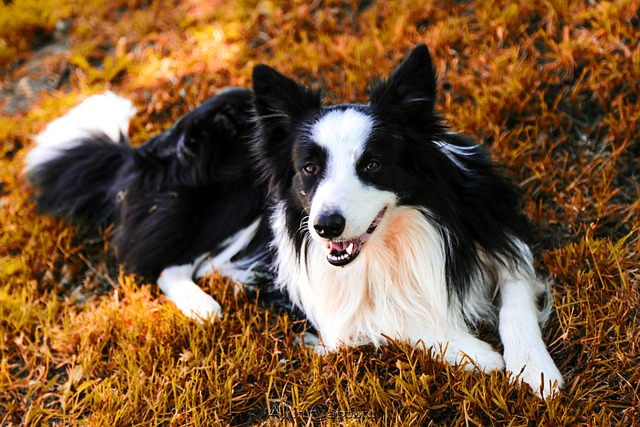
How do i train my dog to be obedient?
Watching your dog dart across the park ignoring your calls isn’t just frustrating—it can put them at risk near busy streets or public spaces.
Should dogs be left alone with toys? It’s a question many new dog owners in the U.S. grapple with as they head to work or run errands. On one hand, toys seem like a great way to keep pups occupied; on the other, stories of torn stuffed animals or swallowed squeakers make pet parents nervous. Let’s break it down.
Dogs are hardwired to chew—it’s how they explore the world, relieve stress, and keep their jaws strong. When left alone, this instinct doesn’t disappear. A good toy can channel that energy into something constructive, reducing anxiety that might otherwise lead to destructive behavior like scratching doors or digging carpets. But not all toys are created equal. Behavioral studies show that dogs left with inappropriate toys are 3 times more likely to ingest foreign objects, which can require costly vet visits.
So, how do you choose the right toys? Start with durability. Opt for chew-proof rubber toys (like Kongs) or nylon bones—avoid anything with small parts, loose threads, or soft stuffing that can be ripped out. For extra engagement, stuff a Kong with peanut butter (xylitol-free, of course) and freeze it; this keeps them busy longer. Introduce the toy during supervised play first. If your dog starts shredding it, swap it out—positive reinforcement here works wonders: praise them when they play gently, and they’ll learn what’s acceptable.

Now, let’s talk about responsibility beyond the home. In the U.S., keeping your dog healthy is the law—rabies vaccines are mandatory in all states, and proof of vaccination is often required for public spaces. When you’re out walking later, remember: always clean up after your pup. Most cities fine owners who skip this, and it’s a basic part of being a good neighbor.
Culturally, it’s key to remember that physical punishment has no place in dog care. If your dog does destroy a toy, never scold or hit them—they won’t connect the punishment to the earlier behavior. Instead, redirect their energy next time with a sturdier toy. In apartments, be mindful of noise too. Avoid toys that squeak nonstop; your neighbors (and their morning coffee) will thank you. And when taking your dog to community parks, keep them leashed unless in designated off-leash areas—respecting others’ space is part of being a responsible pet owner.
In the end, leaving dogs alone with toys is safe if you choose wisely and train gently. It’s about balancing their needs with your peace of mind, all while following the rules that make communities pet-friendly.

Watching your dog dart across the park ignoring your calls isn’t just frustrating—it can put them at risk near busy streets or public spaces.

New puppy owners often find themselves rushing to clean up accidents before they set in, and that’s where puppy pad training becomes a game-changer.

If you've noticed your dog's waistline disappearing and your veterinarian has mentioned those few extra pounds, your first instinct might be to simply reduce the amount of food in their bowl.

Training a dog to use a designated spot indoors isn’t as daunting as many new owners fear, but it does take consistency and an understanding of your pet’s needs.

That moment of dread on a walk is all too familiar for many new dog owners. You see another dog approaching down the sidewalk of your neighborhood

If the sight of another dog on your neighborhood walk makes your heart sink as your own dog erupts into a frenzy of barking and lunging, you're not alone.